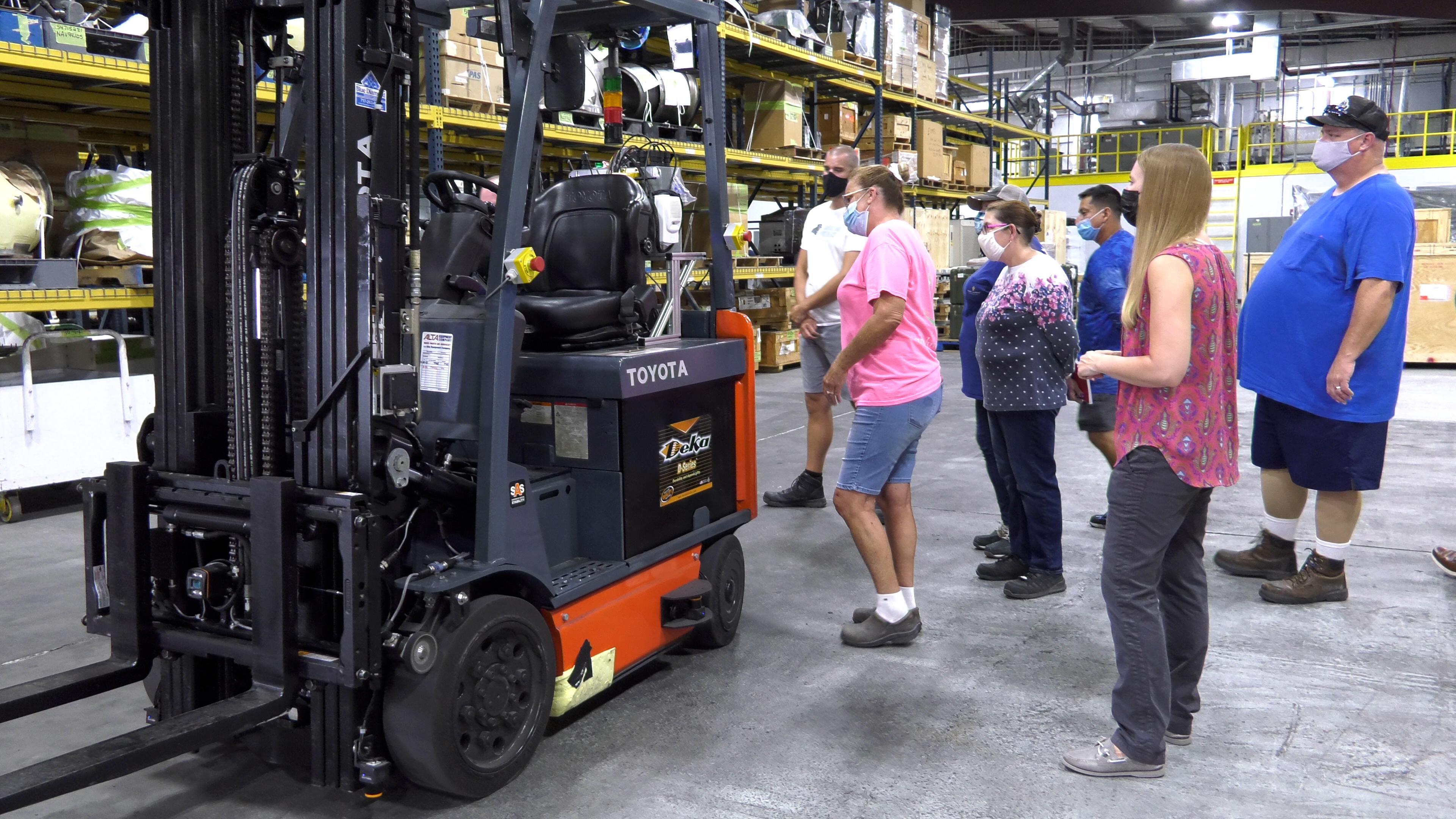
Credit: U.S. Navy
The U.S. Navy’s Fleet Readiness Center East at Marine Corps Air Station Cherry Point, North Carolina, recently tested using autonomous vehicles to speed up material handling at a parts warehouse, an experiment to find ways to free up personnel for aircraft maintenance work. As part of the recent...
Subscription Required
U.S. Navy Tests Autonomous Parts-Handling Vehicles For MRO is published in Aerospace Daily & Defense Report, an Aviation Week Intelligence Network (AWIN) Market Briefing and is included with your AWIN membership.
Already a member of AWIN or subscribe to Aerospace Daily & Defense Report through your company? Login with your existing email and password.
Not a member? Learn how you can access the market intelligence and data you need to stay abreast of what's happening in the aerospace and defense community.
